Saving our Species: Partnerships for wildlife conservation
For World Wildlife Day 2023 on 3 March, we’re taking on the theme of partnerships for wildlife conservation.
Here at Saving our Species (SoS), partnerships are our bread and butter. The impact of SoS wouldn't be as great without the hundreds of invaluable individuals, community groups, organisations and agencies that support our projects.
From a simple chat and handshake with a farmer right up to corporate organisations that fund entire projects or trial innovative technologies, partnerships are what drive conservation action on a regional, national and international level.
Champion landholders share their paddocks
Wildlife doesn’t abide by the boundaries of national parks, nature reserves or other protected areas. This means private landholders are vital, as they can help us directly protect threatened species that occur on their property, restore important habitat and provide access to their land to monitor populations.
Take the endangered plains-wanderer, for example – 95% of prime plains-wanderer habitat occurs on private land. In comes the Paddocks for Plains-wanderer project, established by Local Land Services (LLS) and SoS. By signing their paddocks up to the project, farmers receive support to manage ground cover for livestock production and plains-wanderer conservation.
The project has seen 27 landholders sign up a whopping 15,300 hectares of habitat to be managed and maintained for these special birds, and captive-bred birds (cheers to Taronga Zoo, Featherdale Wildlife Park, Zoos South Australia and Zoos Victoria for them) are now being released back into habitat on both private and public land.
Landholder relationships are fostered by our amazing threatened species officers, who work on ground and spend plenty of time dropping letters in mailboxes, facilitating field days and sharing many cups of tea in the name of threatened species conservation.
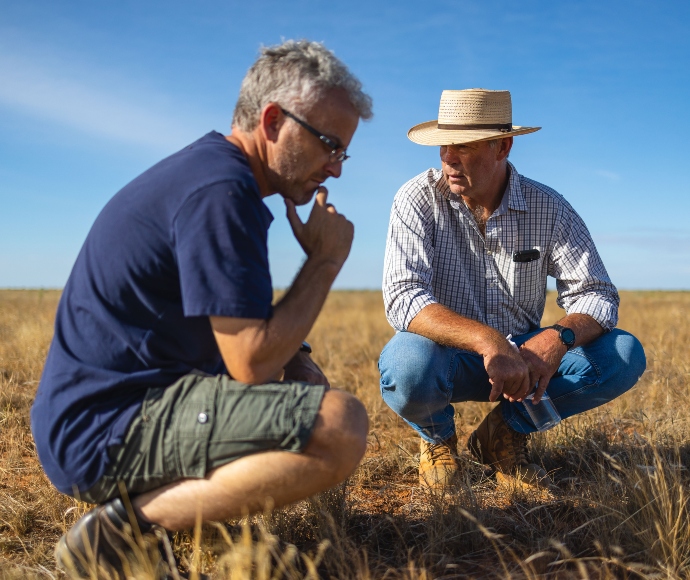
SoS and WWF
It wouldn’t be World Wildlife Day without mention of the World Wide Fund for Nature – Australia (WWF), an organisation that's been involved in conservation around the world since the 1960s.
Following the 2019–20 bushfires, WWF partnered with SoS on a range of vital conservation projects. Joining forces with Woolworths and Foodbank, SoS and WWF flew tens of thousands of sweet potatoes and carrots into bushfire-affected areas to sustain threatened species like the brush-tailed rock-wallaby. WWF funding also supported the installation of 111 nesting boxes, designed by Wildbnb, in 3 NSW northern rivers locations.
Innovating for the future with Fujitsu
A successful partnership between SoS and tech innovator Fujitsu has leveraged computing and drone technology to help locate endangered species and invasive plant species. The trial was a roaring success, revealing the location of a plant species threatened with extinction and helping to showcase opportunities for significant savings in helicopter fuel, emissions and human effort. This project won the 2019 Banksia Foundation Large Business Award and the Natural Environment Award at the 2019 Green Globe Awards.
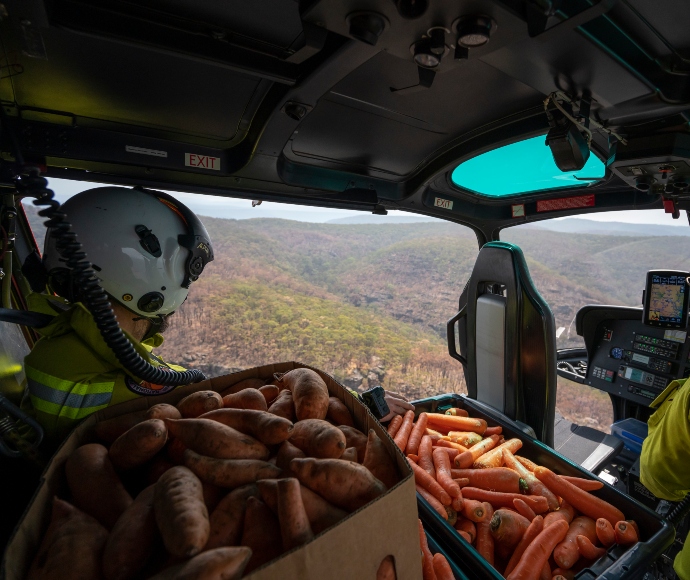
Citizen scientists and volunteers
As our data needs outstrip our ability to collect it, the contributions of citizen scientists (aka any willing individual across the community!) become pivotal in improving our capacity to make evidence-based decisions for our threatened species.
The Glossies in the Mist project includes the involvement of the Friends of the Glossy Black-Cockatoo community group, made up entirely of volunteers who monitor the movements and activities of these enigmatic cockatoos.
While we’re on the subject of glossies, there’s also a citizen science component to the Healthy Country for Glossy Black-Cockatoos project, which encourages residents of the Shoalhaven region to report sightings of glossies and their feed trees via iNaturalist. This amazing project aims to secure a future for glossies in the Shoalhaven by empowering local Aboriginal custodians to reconnect with fire-impacted landscapes. It's steered by members of the Dharawal and Dhurga speaking communities, who facilitate cultural and intergenerational knowledge exchange, on-Country learning, healing and training, and recommendations to land managers and identification of priority actions. As with the coastal emu project, the NSW Government is privileged to be on the receiving end of such valuable cultural knowledge in relation to a threatened species.
One of our newest citizen science projects is the Guardians of the Green and Golden Bell Frog, delivered in partnership with the Australian Museum. Using the museum’s FrogID app, supported by SoS, citizen scientists from the NSW South Coast can record frog chorus and frog sightings to contribute to our understanding of the local population of endangered green and golden bell frogs.
Interested in becoming a citizen scientist? Visit our Citizen Science Hub.
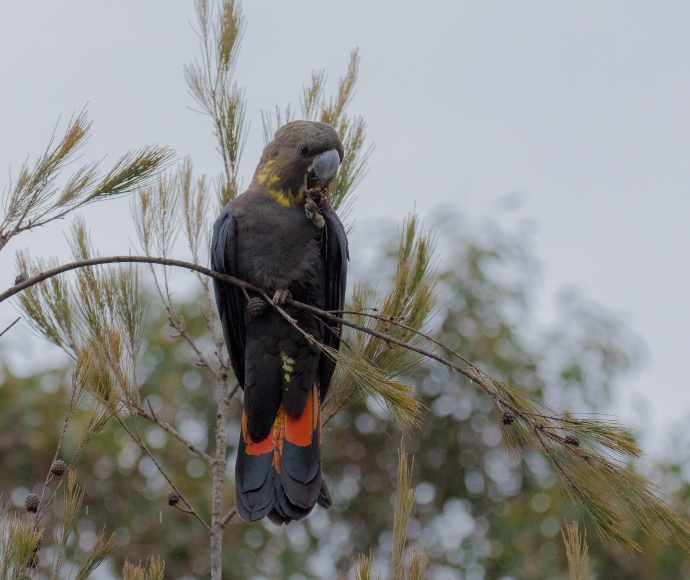
Local councils, coastal emus and cultural exchange
Local councils can be a direct through-line to local communities, and good council collaboration goes a long way towards achieving conservation outcomes.
Luckily, the coastal emu endangered population is in good hands with Clarence Valley Council, who lead community engagement and road safety initiatives, build signs and fencing, and provide in-kind support by liaising with landholders in identified hotspots for the species. The council actually won the Local Government NSW Environment Award in 2022 as a result of this project. Pillar Valley, Odonata, the Australian Government and an emu farm in Tullymorgan are also pitching in to help develop a captive breeding and release program for the species.
Something that can’t be understated is the value the involvement of local Indigenous communities has brought to the project. SoS and Clarence Valley Council are fortunate to be receiving cultural knowledge held by the Yaegl people, who share an ancient cultural relationship with the emu population that was once abundant across Yaegl, Bundjalung and Gumbaynggirr country. Indigenous communities have lent their knowledge to all aspects of the project, including leading the production of a film, involvement in the captive breeding program, cultural sharing events, and the Yugaamgan Emu Festival.
Universities and research
Without research partners, we wouldn’t have a clear idea of where our resources are needed and how to innovate on current methods and technologies. Whether it’s Federation University uncovering the secrets of arid wildlife as part of the western threatened fauna project, or Western Sydney University and the University of New South Wales expanding our understanding of genetic rescue, universities play a key role in answering our questions.
A research partnership we’re particularly excited about is the Greenspots project we’re working on with Sydney University. This is happening out in western New South Wales, where we’re investigating how safe areas of habitat (known as ‘greenspots’) in arid New South Wales provide food, shelter and nesting for threatened species in tough times like fire or drought.
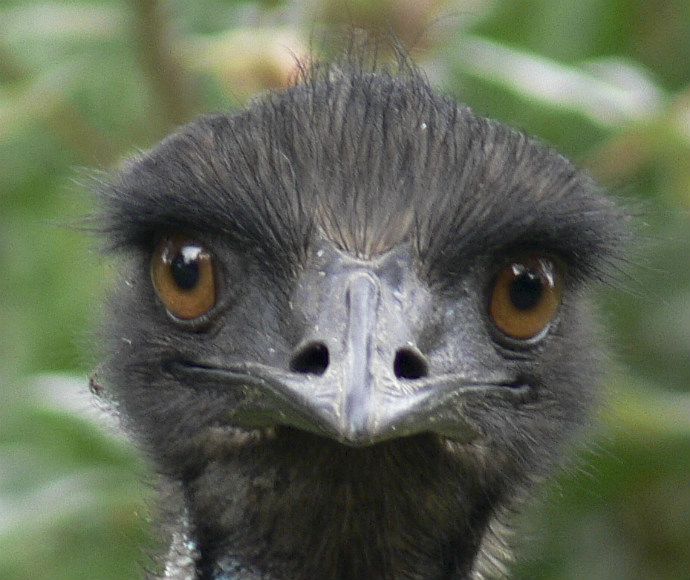
Government working together
Many of our projects require participation across all levels of government, from other NSW Government agencies and programs to interstate and Commonwealth collaboration.
One intra-government agency close to our heart is the Royal Botanic Gardens (RBG) and their amazing PlantBank facility. The seed-collecting team from RBG are working with SoS to locate and scale up seed collections from high-priority threatened plants across New South Wales. This is to create insurance populations so we can be confident these rare plants will not be wiped out of existence if natural disasters or other threats impact their survival in the wild.
So far, seed has been collected from over 1,300 threatened species and 63% of the state’s threatened flora is now safely held at the Australian PlantBank at the Australian Botanic Garden (Mount Annan). We’re also working with RBG on large-scale terrestrial orchid projects, genetic rescue and translocation work, and fighting the deadly Phytophthora pathogen.
We can’t talk about government partnerships without mentioning our good friends over at Landcare NSW. Landcare NSW and SoS work seamlessly together to improve habitat and control threats, monitor the effectiveness of on-ground actions and raise community interest and funding to support numerous projects across New South Wales. Some big-ticket items include the Milton Ulladulla Subtropical Rainforest Revival, Saving our Superb Parrot, Box-Gum Grassy Woodland Habitat on Farms and Save our Scarlet Robin.
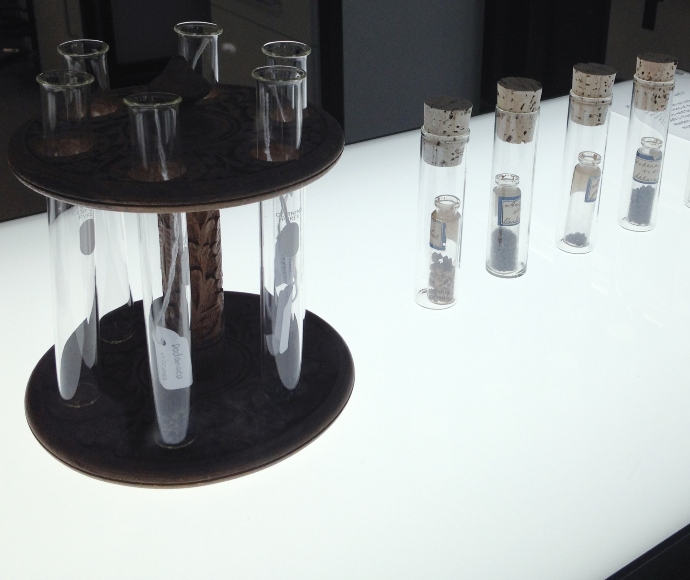
Co-investment for our feathered friends
Bird nerds, rejoice! Long-time friend of SoS, BirdLife Australia is a ‘co-investment partner’ in addition to all the amazing work they already contribute to bird conservation across New South Wales. Conservation co-investment partnerships is a funding scheme where partners source financial contributions to match government investments in projects.
BirdLife is a co-investment partner on the appropriately named Saving the Nectar Sippers, which will benefit the black-chinned honeyeater, little lorikeet and dusky woodswallow. They’re also contributing funds to our glossy black-cockatoo projects.
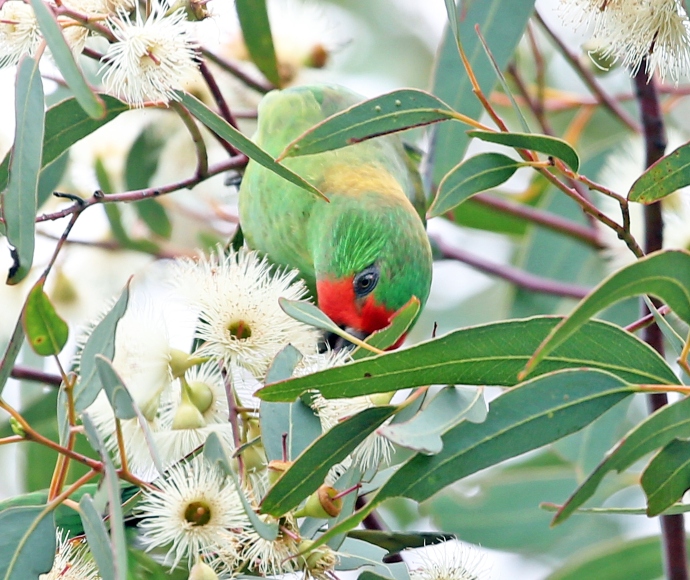
Nature’s complex web
Just like nature itself, threatened species conservation consists of a complex web of interacting entities that make up the whole. A massive thank you to all our partners, big and small, who are contributing to the Saving our Species program.
Get in touch
There are a range of ways you can partner with SoS and help bring NSW threatened species back from the brink of extinction in a way that’s aligned with your organisation’s goals. We love conversations about conservation, so for more information contact [email protected].